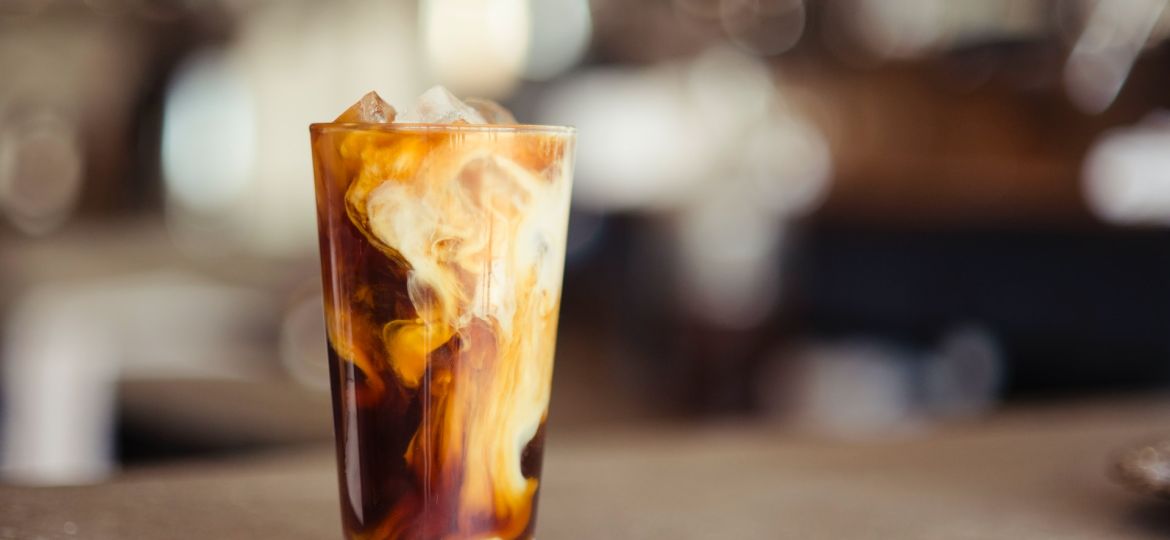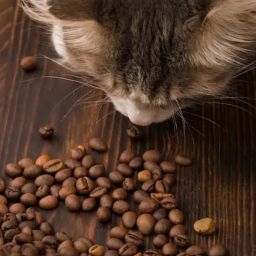
Cold brew coffee, distinguished by its brewing process, involves steeping coarsely ground coffee beans in cold water for an extended period, typically 12 to 24 hours. This method, unlike traditional coffee brewing techniques that rely on heat, extracts a smooth, rich flavor from the beans, resulting in a coffee that is less acidic, smoother, and naturally sweeter. The popularity of cold brew coffee has surged, thanks to its unique taste profile and the versatility it offers in coffee-based beverages.
Why Bean Choice Matters for Cold Brew
Selecting the right coffee beans for cold brew is crucial because the cold extraction process highlights different flavor profiles and characteristics of the beans. The choice of beans significantly impacts the flavor, acidity, and overall quality of the cold brew. For example, beans with a bright, fruity profile may produce a more refreshing cold brew, while those with chocolate or nutty notes can yield a richer, more robust flavor.
Moreover, the acidity of the coffee is also affected by the bean choice and the cold brewing method. Cold brew coffee is generally lower in acidity compared to hot brewed coffee, making it smoother and gentler on the stomach. This difference in acidity and flavor extraction underscores the importance of selecting beans that are best suited to cold brewing techniques over traditional methods.
Criteria for Selecting Cold Brew Coffee Beans
When choosing coffee beans for cold brew, several criteria are paramount in ensuring the resulting brew meets the desired quality and flavor profile. These criteria include:
- Origin: The geographical origin of the coffee beans influences their flavor profile. Beans from different regions, such as Africa, Central America, and South America, offer diverse flavors ranging from fruity and floral to nutty and chocolatey.
- Roast Level: The roast level of the beans affects the taste and strength of the cold brew. Light roasts can bring out brighter, more acidic flavors, while medium to dark roasts emphasize deeper, richer notes.
- Flavor Profile: Considering the flavor profile is essential as it determines the primary characteristics of your cold brew. Beans with a complex and balanced flavor profile are often preferred for cold brew to achieve a smooth, well-rounded beverage.
Top Selections for Cold Brew Coffee Beans
The selection of coffee beans plays a pivotal role in the quality and flavor profile of cold brew coffee. Below, we review several top selections ideal for cold brew, highlighting their origins, roast levels, tasting notes, and suitability for cold brew coffee.
Stumptown Coffee Roasters Hair Bender
- Origin: A blend from Indonesia, Africa, and Latin America.
- Roast Level: Dark roast.
- Tasting Notes: Notable for its sweet, dark chocolate, and citrusy notes.
- Suitability for Cold Brew: Stumptown Coffee Roasters Hair Bender is particularly well-suited for cold brew due to its complex flavor profile. The dark roast level enhances the sweetness and chocolate notes, ideal for a robust and flavorful cold brew. The blend’s citrusy notes add a refreshing acidity that balances the richness, making it a versatile choice for both cold and hot coffee preparations.
Peet’s Coffee Baridi Blend
- Origin: Sourced primarily from East Africa.
- Roast Level: Medium roast.
- Tasting Notes: Characterized by its sweet, fruity, and floral notes.
- Suitability for Cold Brew: The Baridi Blend from Peet’s Coffee is crafted specifically for cold brewing. Its medium roast and origin from East Africa bring out natural sweetness and vibrant fruity and floral tasting notes, contributing to a crisp and refreshing cold brew. The balance of sweetness and acidity in this blend makes it an excellent starting point for those new to cold brew, offering a clean, lingering floral finish.
Volcanica Coffee Ethiopian Yirgacheffe
- Origin: Ethiopia.
- Roast Level: Medium roast.
- Tasting Notes: Distinguished by floral, lavender, blueberry, and dark chocolate notes.
- Suitability for Cold Brew: Volcanica Coffee’s Ethiopian Yirgacheffe beans are exceptional for cold brew due to their unique and exotic flavor profile. The medium roast level preserves the beans‘ inherent floral and fruity notes, particularly lavender and blueberry, which flourish in the cold brewing process. This coffee provides a mildly acidic and refreshingly sweet cup, offering a level of complexity and depth that enhances the cold brew experience.
These selections exemplify the diversity and richness that different origins and roast levels can bring to cold brew coffee. Stumptown’s Hair Bender offers a robust and rich flavor, Peet’s Coffee Baridi Blend delivers a balanced and crisp cup, and Volcanica’s Ethiopian Yirgacheffe presents a unique and exotic taste. Each of these beans is selected for its ability to produce an exceptional cold brew, showcasing the importance of bean choice in achieving the desired flavor profile.
Whether you prefer a bold and chocolatey, crisp and fruity, or floral and complex cold brew, these top selections cater to a wide range of palates and preferences.
Making the Perfect Cold Brew
Making the perfect cold brew coffee involves a simple process that requires attention to grind size, water ratio, and brewing time. Begin by coarsely grinding your selected coffee beans, as a coarse grind prevents the final product from becoming bitter and over-extracted. The ideal water to coffee ratio is about 7:1, meaning 7 parts water to 1 part coffee.
Combine the grounds and cold water in a jar or a cold brew maker, stirring gently to ensure all grounds are wet. Cover and let it steep in the refrigerator for 12 to 24 hours, depending on how strong you prefer your coffee. Finally, strain the coffee through a fine mesh sieve or a coffee filter to remove the grounds. Your cold brew is now ready to be served over ice, diluted with water or milk as per your taste.
FAQs
- What is the best type of coffee for cold brew? The best type of coffee for cold brew is subjective and varies according to personal preference. However, medium to dark roasts with a full-bodied, chocolatey, or nutty profile are generally favored for their smoothness and richness in cold brew.
- Are single-origin or blend beans better for cold brew? Both single-origin and blend beans can produce exceptional cold brews. Single-origin beans offer a unique taste characteristic of their specific region, while blends can provide a balanced and complex flavor profile. Experimenting with both can help determine your preference.
- What are the best beans for adding milk to cold brew? When adding milk to cold brew, dark roast beans are often recommended. Their bold and robust flavors complement the creaminess of milk without being overpowered.
- What is the best grind size for cold brew coffee? The best grind size for cold brew coffee is coarse, similar to the consistency of coarse sea salt. A coarse grind ensures a smoother coffee concentrate and prevents the brew from becoming too bitter.
Conclusion
In summary, selecting the right coffee beans is fundamental to crafting the perfect cold brew. This article has highlighted top selections for cold brew coffee beans, such as Stumptown Coffee Roasters Hair Bender, Peet’s Coffee Baridi Blend, and Volcanica Coffee Ethiopian Yirgacheffe, each offering unique flavors suited for cold brewing.
Understanding the nuances of grind size, water ratio, and brewing time further ensures a premium cold brew experience. Whether you prefer a dark, medium, or light roast, exploring different beans and roasts can lead to discovering your perfect cold brew concoction.









